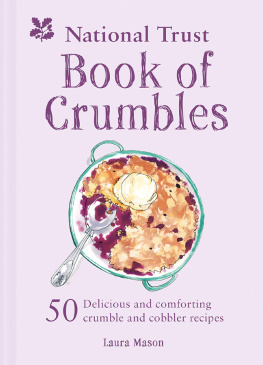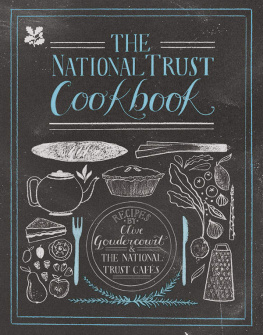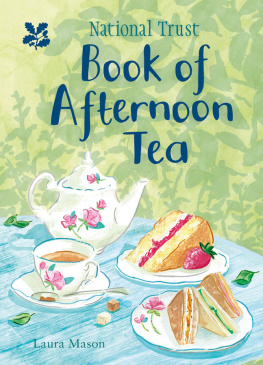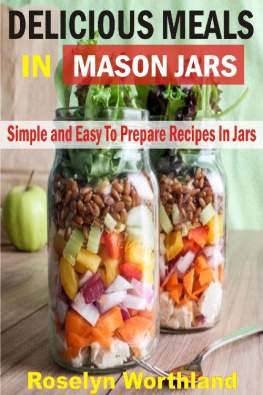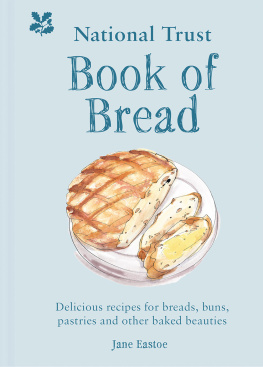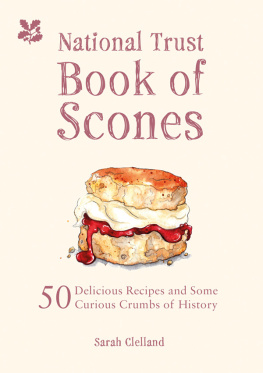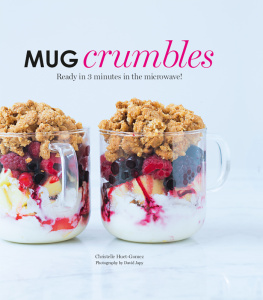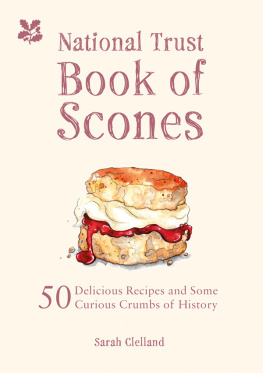Contents
Guide



Contents

Introduction

Crumbles and cobblers hold a special place in all our hearts. They are rustic dishes, generous in spirit, informal and quickly put together. The sweet versions rely on a combination of storecupboard ingredients and seasonally plentiful and cheap fruit, or fruit from a freezer or tin. Ideal for cooks in a hurry, the quantities easily multiply up to feed a family plus an unexpected guest or two; these are hospitable, big-hearted dishes that can be put in the oven and left to cook.
The smell of a fruit crumble baking is pudding heaven, with toasty notes of browning butter, sugar and warm fruit. Crumbles are dishes for all seasons, good-tempered, adaptable and easily improvised. They lighten leaden grey days and bolster one against chilly and blustery weather. In a berry crumble, the perfume of hot, jammy fruit can even enhance a warm summer day. As food writer Nigel Slater someone whose affection for crumbles shines off the page says, they are comfort food of the first order. Everyone has their favourite bits: the crisp surface, or the edge where the juice has boiled up and caramelised the crumb. And they are nearly as good cold the next day.
Cobblers share many of the characteristics of crumbles, but the patchwork topping of a classic cobbler is described in North America (the home of these dishes) as biscuit dough. This means soft biscuits, akin to scones or dumplings, as they are known in Britain. Often containing relatively little fat and sugar, and bound with milk or buttermilk, they can be somewhat less calorific than crumbles. The crunch comes from the baked outer edge; the centre is softer. However, puddings in the cobbler category vary in texture from nearly a cake to almost a pie. A sweet cobbler made with buttermilk or sour cream biscuit dough and peaches or berries is a composition in which simple ingredients become a sumptuous pudding which everyone loves.
Although we tend to think of them as sweet, both crumbles and cobblers make good savoury dishes. Leave out the sugar, flavour the toppings with cheese or herbs, and use a filling of meat, fish or vegetables in a well-seasoned sauce to give a satisfying family dinner. These are essentially stews with a topping. They are more rustic than gratins, easier to make than pies, and share the attributes of homely comfort food exhibited by their sweet cousins. A few quickly cooked vegetables or a salad complete the meal.
Crumble topping can also be a star in its own right. A sweet crumb mixture, spiced or otherwise, enhances many favourite North American breakfast and brunch cakes, and provides a crisp topping for fruit pies. Baked alone, the buttery crumbs add crunch when sprinkled over cooked fruit or creamy desserts, the principle behind the deconstructed crumble, in which each element is prepared separately. Originally a phenomenon of restaurant cooking, this is the solution for anyone who disagrees that the soggy bit where the crust and fruit have been in contact during cooking is actually the best part of a crumble. Both crumbles and cobblers are brilliant puddings for novice cooks and children to practice their culinary skills on. Gather a basket of apples or berries and a few other simple ingredients, and get crumbling.


Never-fail Apple Crumble
A simple recipe. The crumble topping is really easy to make and always pleases.
Serves 8
About 1kg Bramley apples
100g granulated sugar
Finely grated zest and juice of 1 lemon
FOR THE TOPPING
220g plain flour
110g granulated sugar
110g butter, cut into cubes
Preheat the oven to 180C.
Peel and core the apples and roughly chop the flesh. Put the chopped apples into a baking dish, together with the sugar, lemon zest and juice. Cover with foil and bake for 2030 minutes or until the apple is starting to soften. Remove and leave to cool a little.
For the topping, mix the flour and sugar together and rub in the butter until the mixture resembles fine breadcrumbs. Tip the mixture over the apple. Put the dish on an oven tray and return to the oven for 3040 minutes or until the top is pale gold and developing cracks and the juice is starting to bubble up round the edges. Serve warm with custard, cream or ice cream.
Good Companions: Crumble Fillings

With apples, try a little ground cinnamon instead of lemon. Cloves are traditional, but not everyone likes them: use ground cloves sparingly, along with a little ground cinnamon. Add a handful of sultanas for extra sweetness, if you like their texture.
Pears make good crumbles; for added flavour, try cinnamon, a few slices of stem ginger or a little vanilla essence. Half apple and half pear is also good. Both apples and pears can be cooked in a little water or juice before the topping is added; this is partly down to personal preference, and if youre a bit short of time you can put them in the oven in the baking dish while you prepare the crumble topping.
Autumn brings blackberries: use them alone, tossed with a little sugar and cornflour, or try half blackberry and half apple for a classic British combination.
Rhubarb is an excellent crumble filling, both the early forced rhubarb or the outdoor rhubarb from later in the year; flavour with orange zest and juice. Gooseberries are another classic crumble fruit. Vanilla sugar is good for sweetening both rhubarb and gooseberries; use it generously as they are acidic fruit.
Plums of any kind make lovely crumbles. Cinnamon, cardamom or vanilla go well with these, as do almondy flavours: add a drop of almond essence or a couple of crumbled amaretti biscuits to the fruit, or crack a few plum stones and put the kernels in the filling (do note that plum kernels should never be eaten raw). Other stone fruit, such as peaches and apricots, are also excellent crumble material.
Prepare fruit by peeling, coring and stoning as necessary (although small plums such as damsons are difficult and sometimes its best just to leave the stones in though be cautious when feeding young children). Cut into bite-sized pieces and add a little water, lemon or orange juice to help the initial cooking.
Apple Crisp
There is no clear distinction between a crumble and a crisp, but the latter name is often used when the topping includes oats. Cooking it relatively slowly gives a toasted, nutty flavour. Good with apples, pears, plums, peaches or apricots and the simple flavours of lemon or orange.

